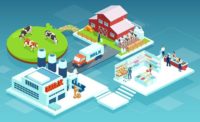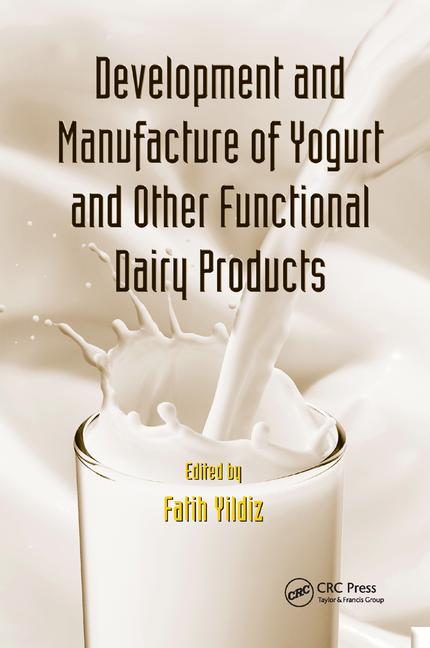Communities, industries, businesses and consumers are seeking options to incorporate renewable energy for many reasons, whether it is to offset the rising cost of fossil fuels, to be energy independent or to reduce the strain of a growing population depleting finite resources.
The dairy industry has a unique opportunity to capitalize on this demand by creating its own renewable energy source. Those in the dairy industry may already be familiar with the concept of anaerobic digestion, where methane from cow manure is captured and combusted to produce valuable by-products such as electricity and compressed natural gas (CNG). The by-products are typically used on-farm, but the excess can be sold as renewable energy for use by the greater community.
Manure-derived methane is one of the most dependable sources of renewable energy because it can be produced 24/7, rain or shine. By-products of the anaerobic digestion also benefit dairy producers by providing a natural fertilizer and fibers for use as cow bedding, or as a rich garden soil amendment that can be sold as a replacement for peat moss.
Compression and treatment of the biogas can also create fuel for dairy transport and distribution fleets. And for processors, manufacturers and retailers, adding organic waste to the manure can be a more economical waste management strategy.
Biofuel for transport and distribution
The process of converting biogas into clean CNG has a minimal environmental impact. And according to CNGnow.com, CNG costs about 50% less than gasoline or diesel and emits up to 90% fewer emissions than gasoline.
Fair Oaks Farms in Fair Oaks, Ind., is converting and compressing biogas from its dairy digester into fuel for its milk fleet. Through one of its subsidiaries, Fair Oaks Farms has contracted with Clean Energy to build and operate two fueling stations in Indiana that will compress and dispense the CNG. The project also includes a one-megawatt GE Jenbacher electrical generator running on biogas to help power the cleaning and compressing equipment.
The CNG fleet, operated by Ruan Logistics, will replace diesel-powered trucks to transport 300,000 gallons of milk each day and travel more than 11 million miles annually to plants in the Midwest. For 42 milk-hauling trucks powered by renewable CNG, Fair Oaks Farms will reduce its use of diesel fuel by more than 1.5 million gallons annually and significantly reduce both direct emissions and the traditional carbon footprint of energy production.
Waste reduction for processors, retailers
Major retailers, food processors and fast food chains are considering digester projects because they help meet corporate goals related to environmental stewardship and waste reduction.
A recent study published in the Public Library of Science stated that America wastes almost 40% of its food supply (from the farm to the consumer’s garbage can) annually. And, according to the Environmental Protection Agency, all but 2% of food waste ends up in landfills.
Organic substrates (including expired produce or organic by-products from cheese and beer production) can avoid a landfill destiny by instead being added to an anaerobic digester.
Waste-to-energy projects at Kraft Foods’ cheese plants in Lowville and Campbell, N.Y., create enough renewable energy to heat about 2,600 typical homes in the Northeast for one year. The plants offset about 30% of their natural gas needs by creating biogas through anaerobic digesters that turn whey waste — a regular byproduct of cheesemaking — into biogas. After years of working with alternative disposal methods, anaerobic digestion was recommended by an internal team who reviewed best practices across the cheese and dairy category.
However, it is not just about avoiding the landfill; the energy potential of food waste is higher than that of manure. So when organic substrates are added to a digester, energy production rises by as much as 300%.
The retailers, food processors and fast food chains providing organic waste benefit from improved waste management, potential for reduced disposal costs, and a demonstrated commitment to corporate sustainability goals. Plus, this additional biogas creation adds significantly to a digester system’s net revenue for the dairy farm.
A need for more digesters
According to EPA AgSTAR, if 2,600 U.S. farms had a methane digester, the electricity generated from manure alone could power about 250,000 homes — equal to the power of 9,000 wind turbines. Currently there are approximately 175 operating digesters on dairy farms in the U.S., but the Innovation Center for U.S. Dairy has a goal to bring that number up to 1,300 by the year 2020.
Sustainability is about doing more with less and rethinking the use of resources around us. As processors come under increasingly strict standards for managing waste and waste water, partnering with dairy producers in their supply chain to produce renewable energy could be the solution.










